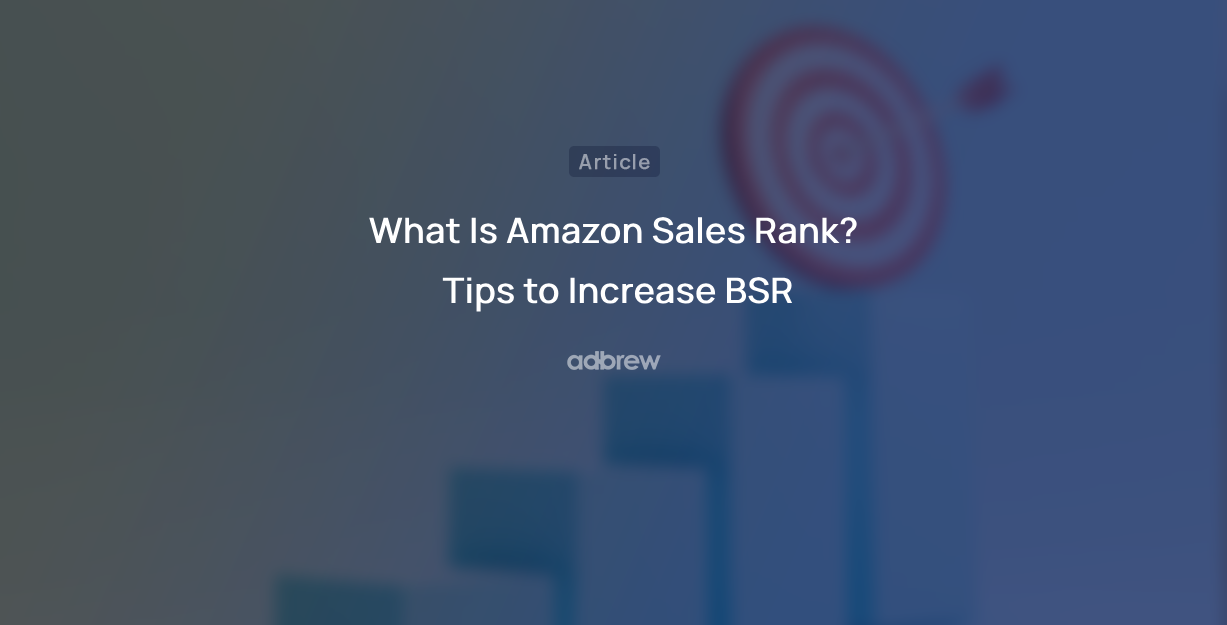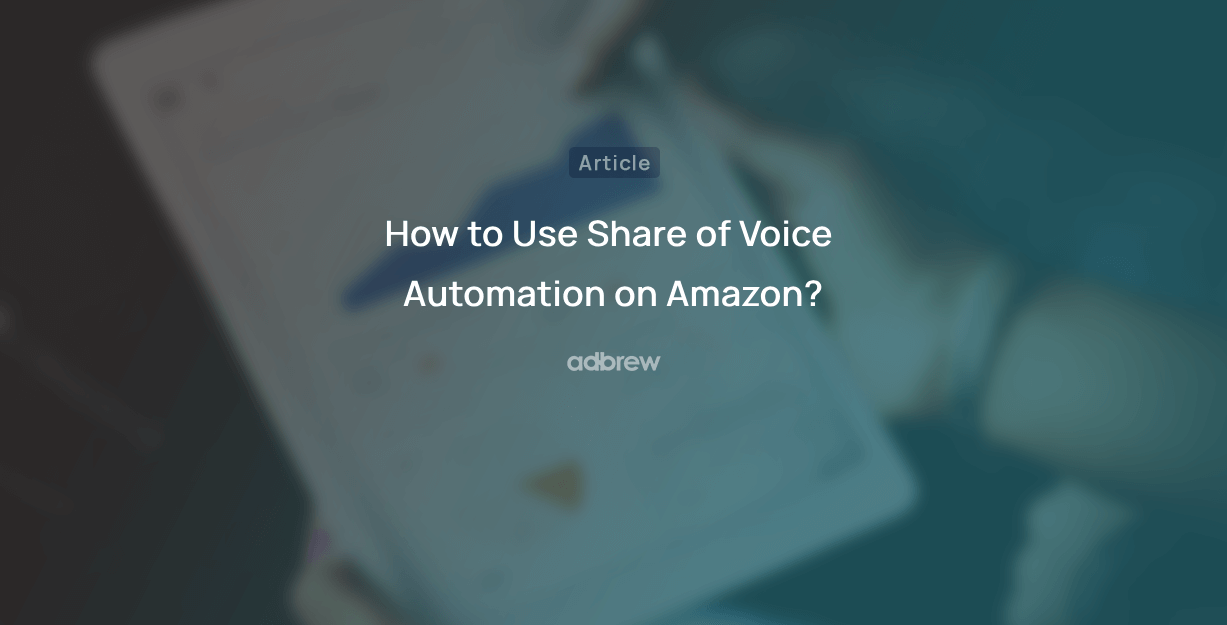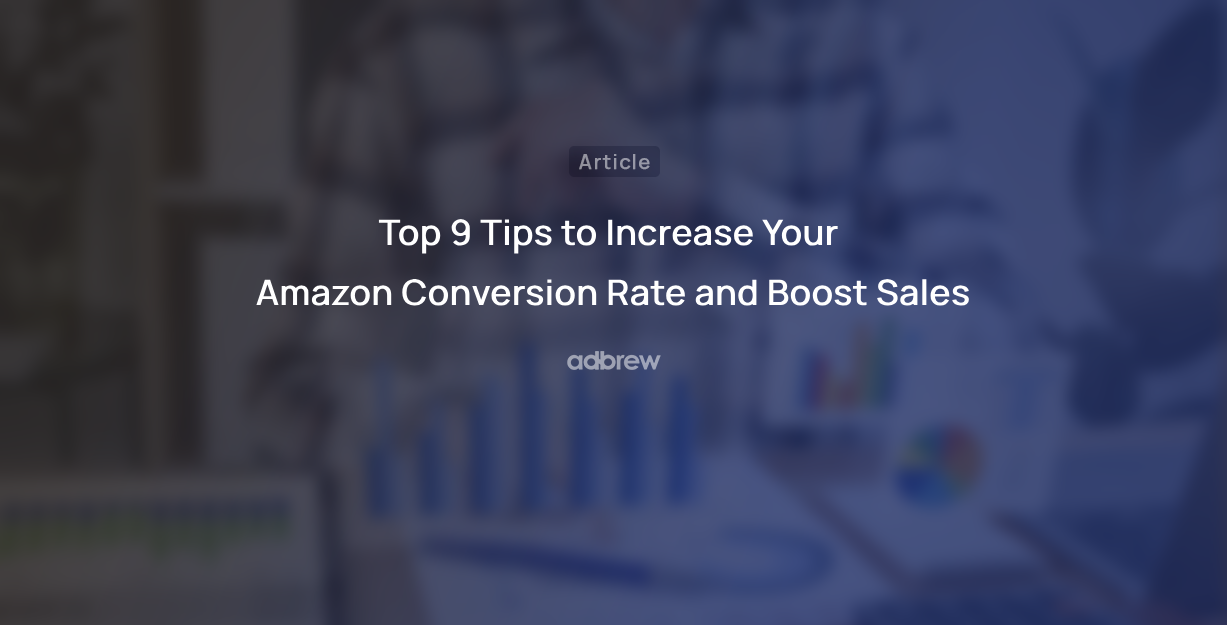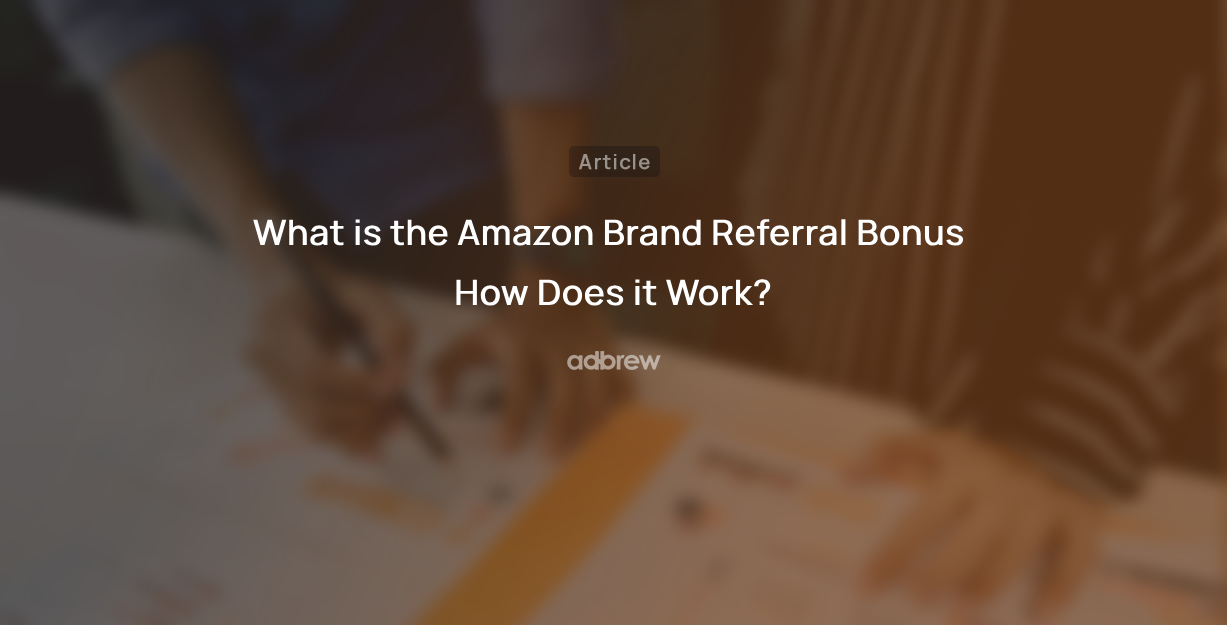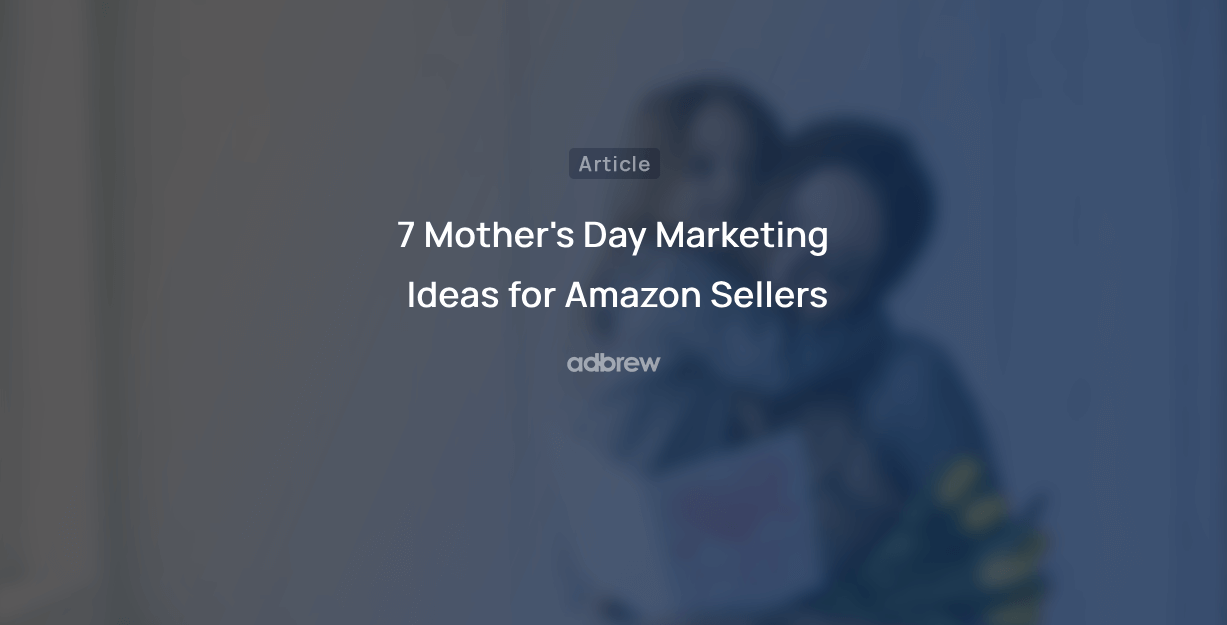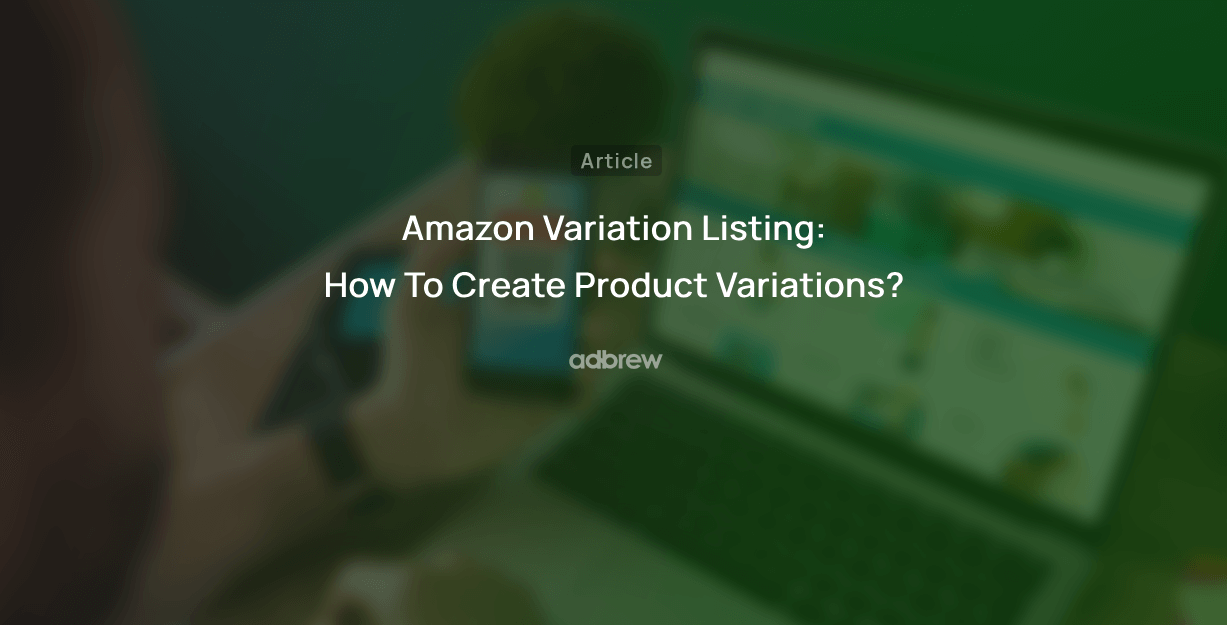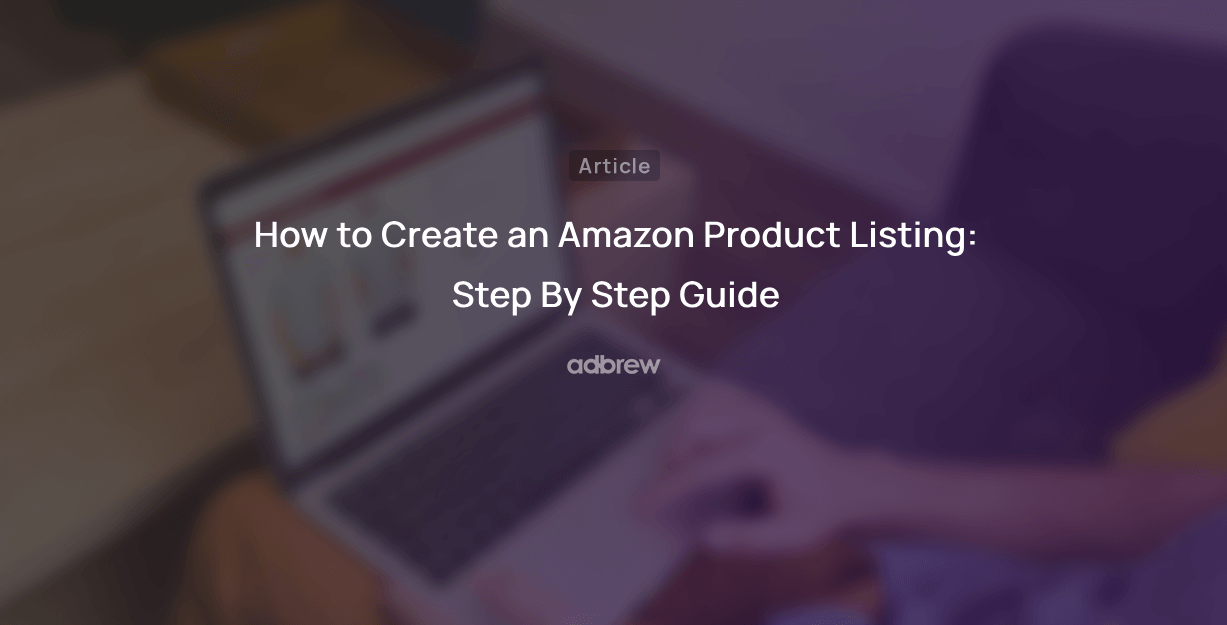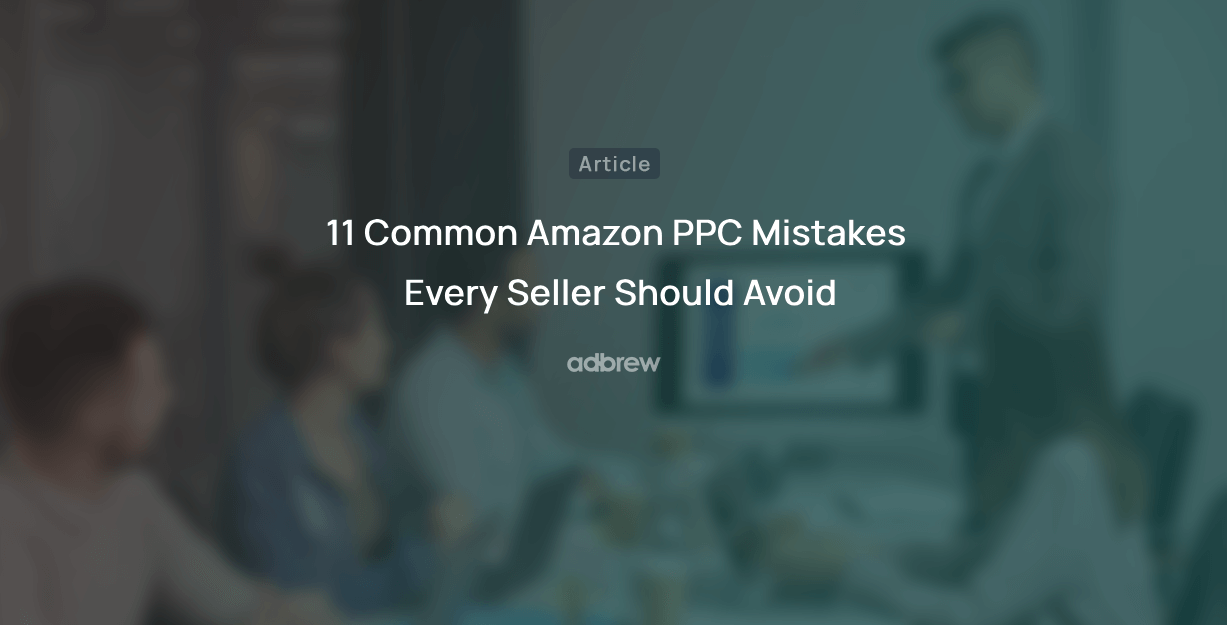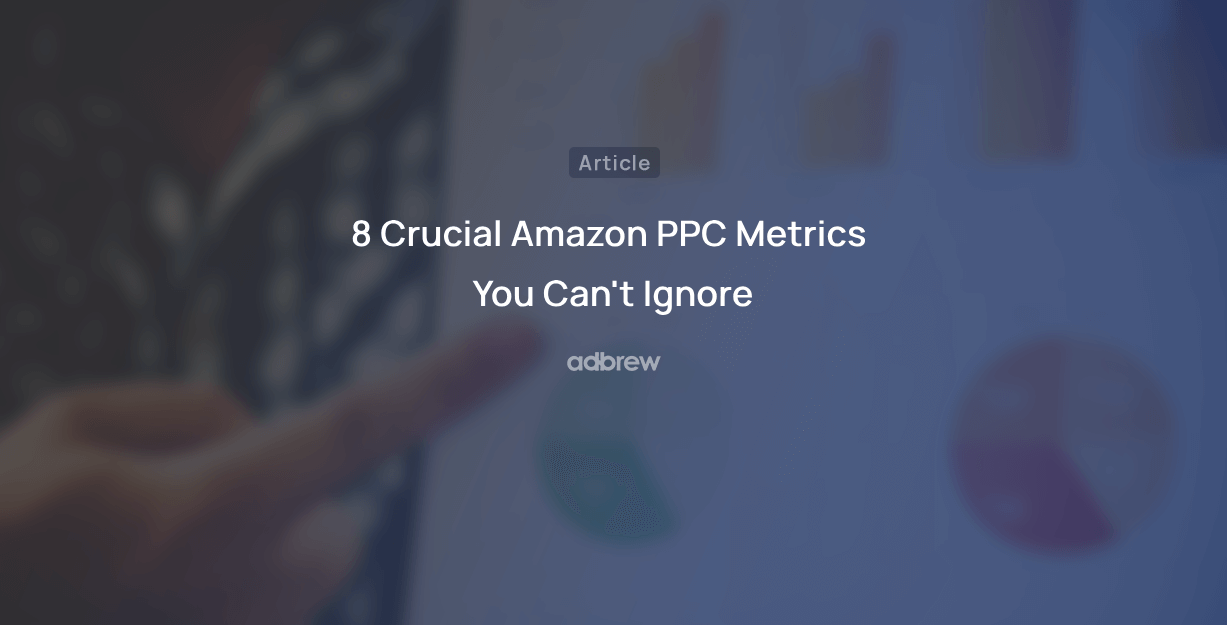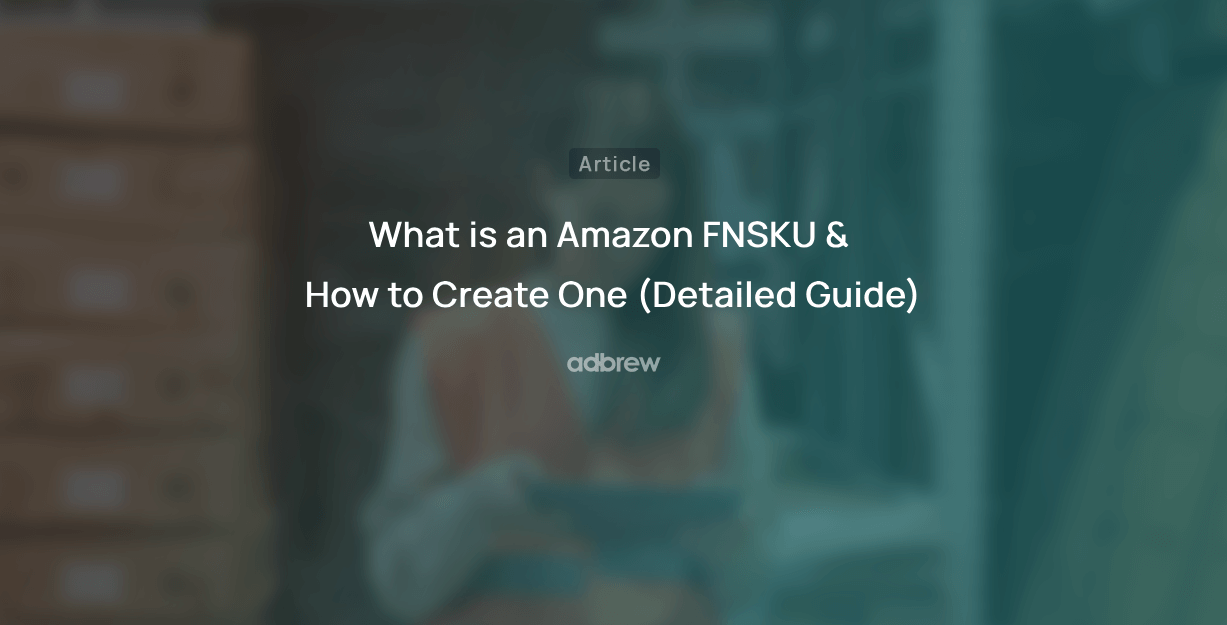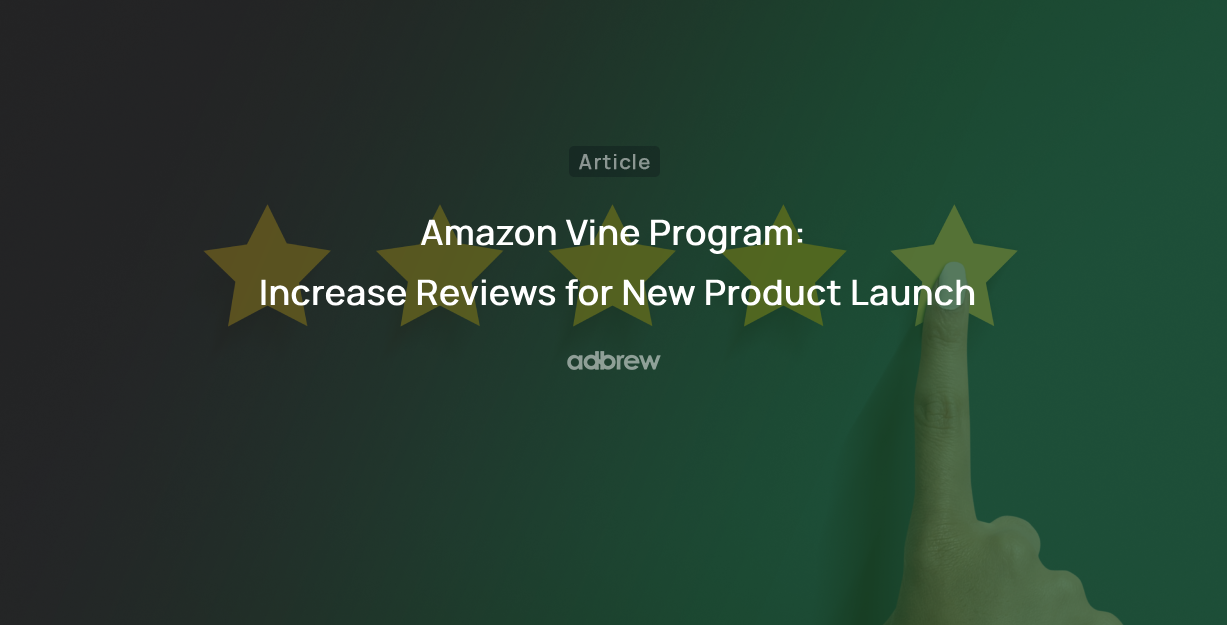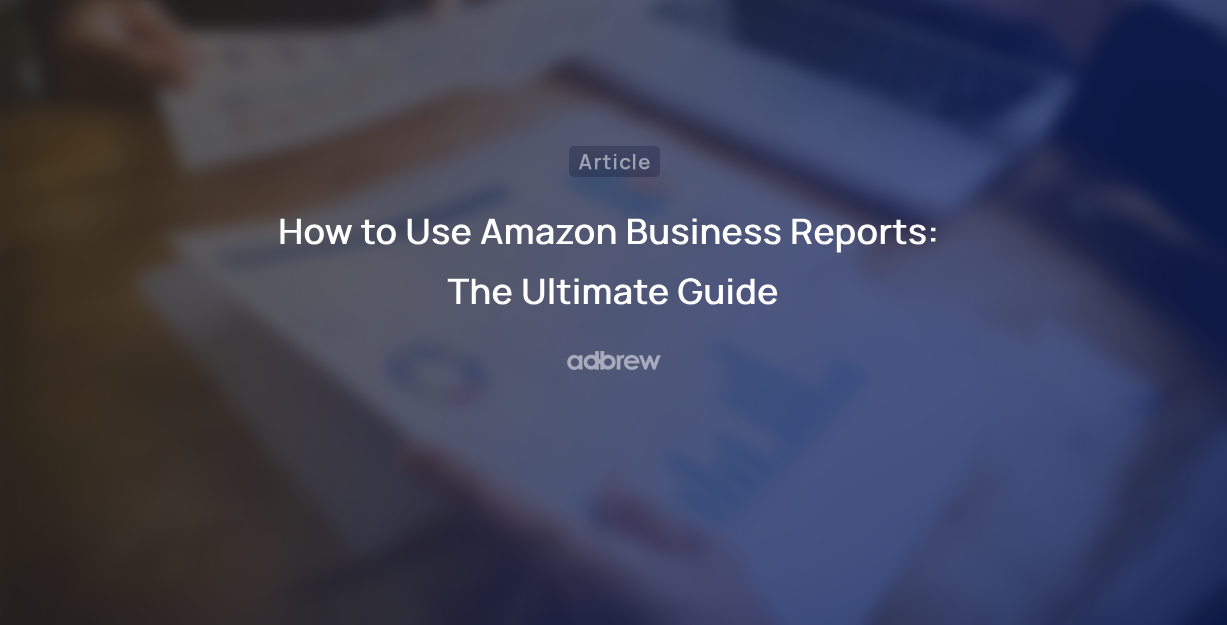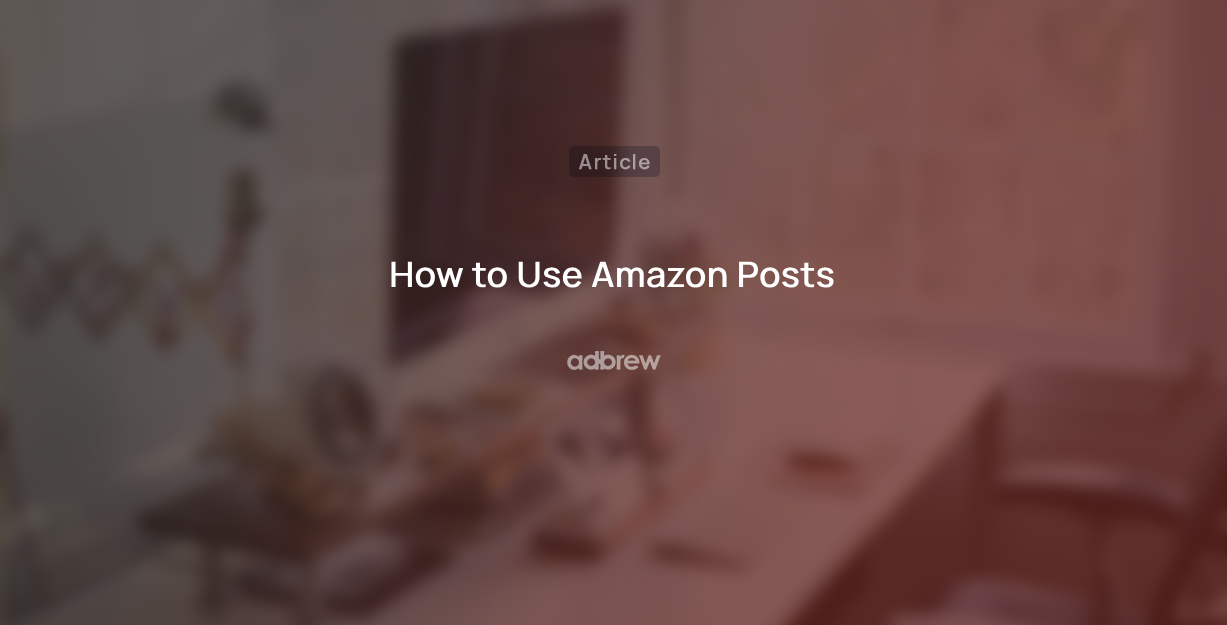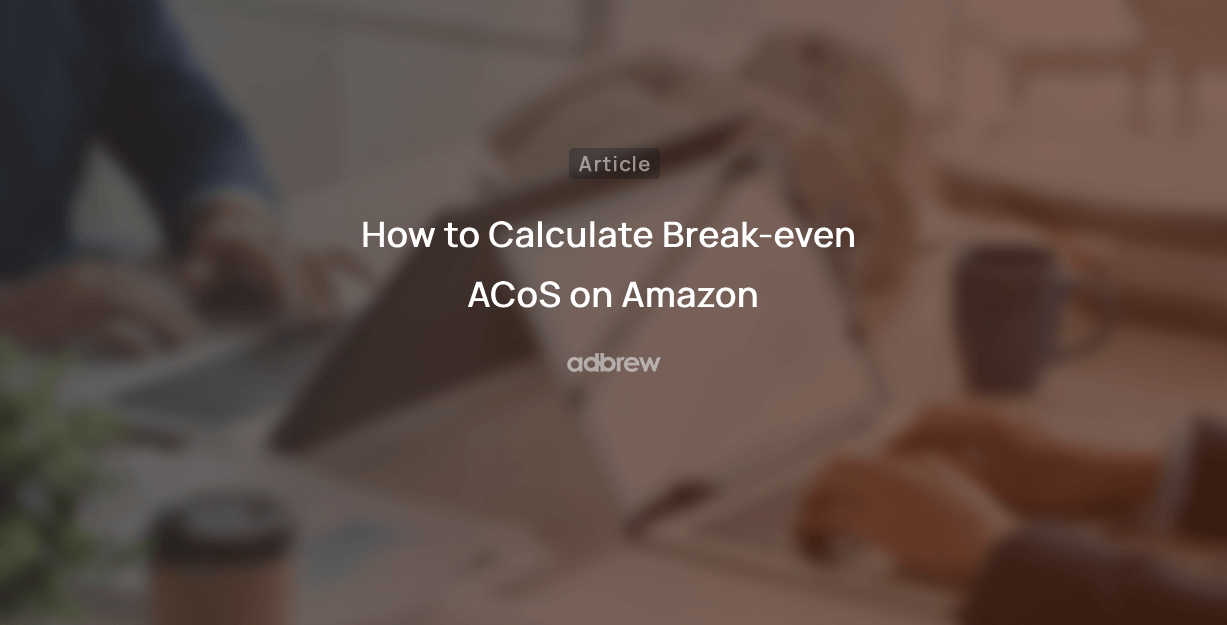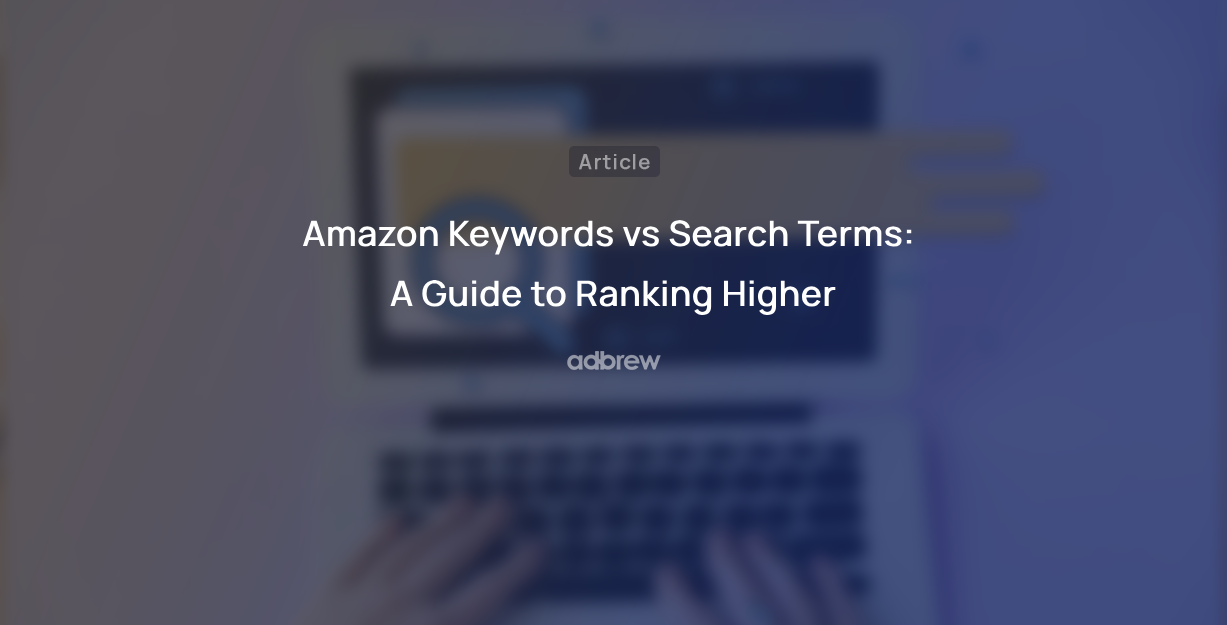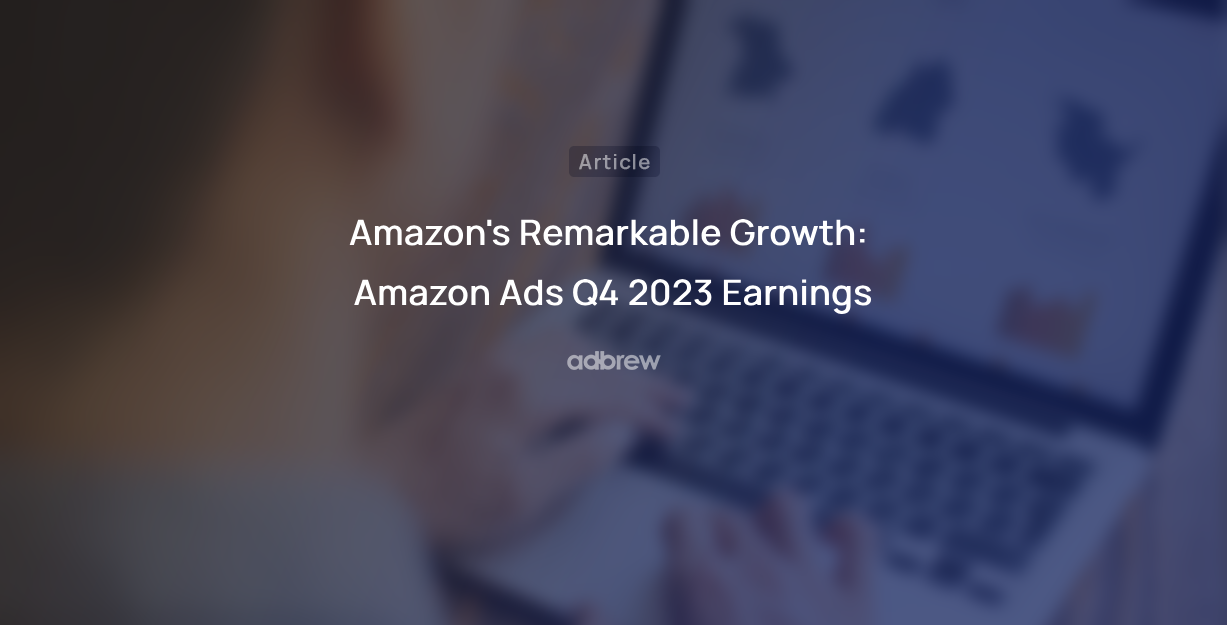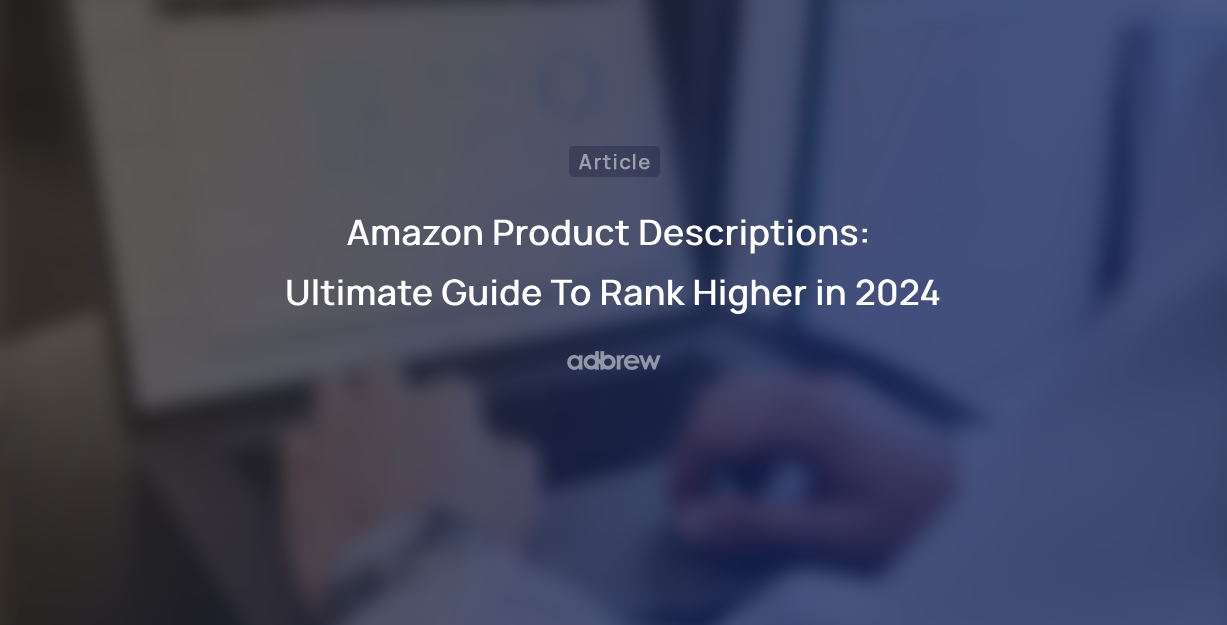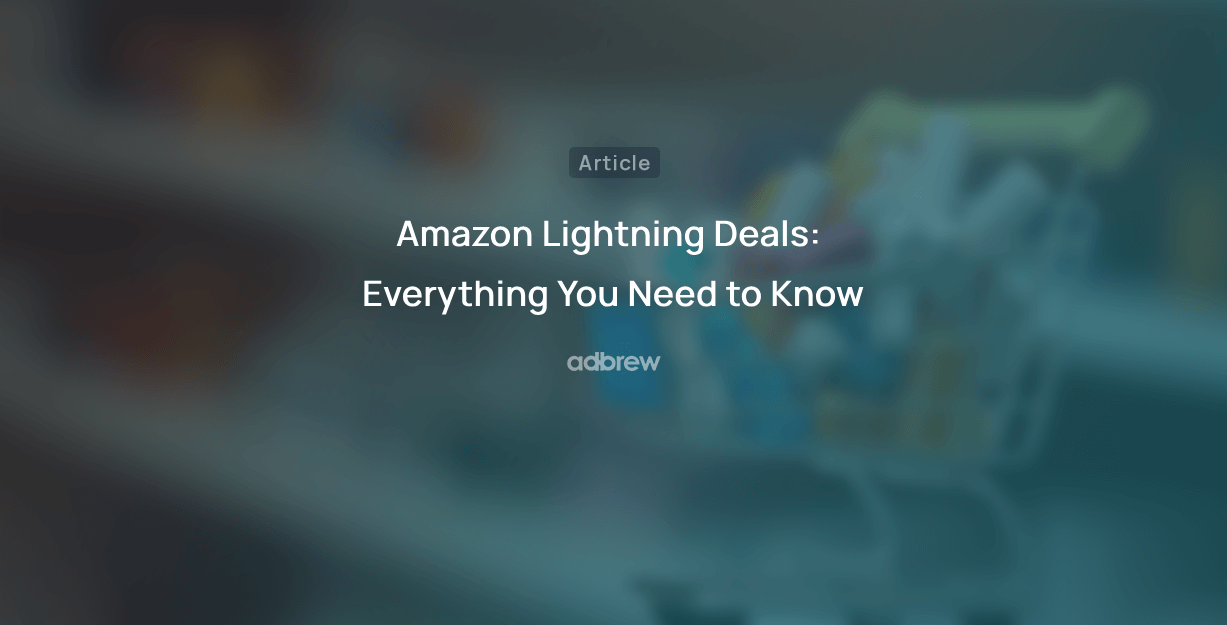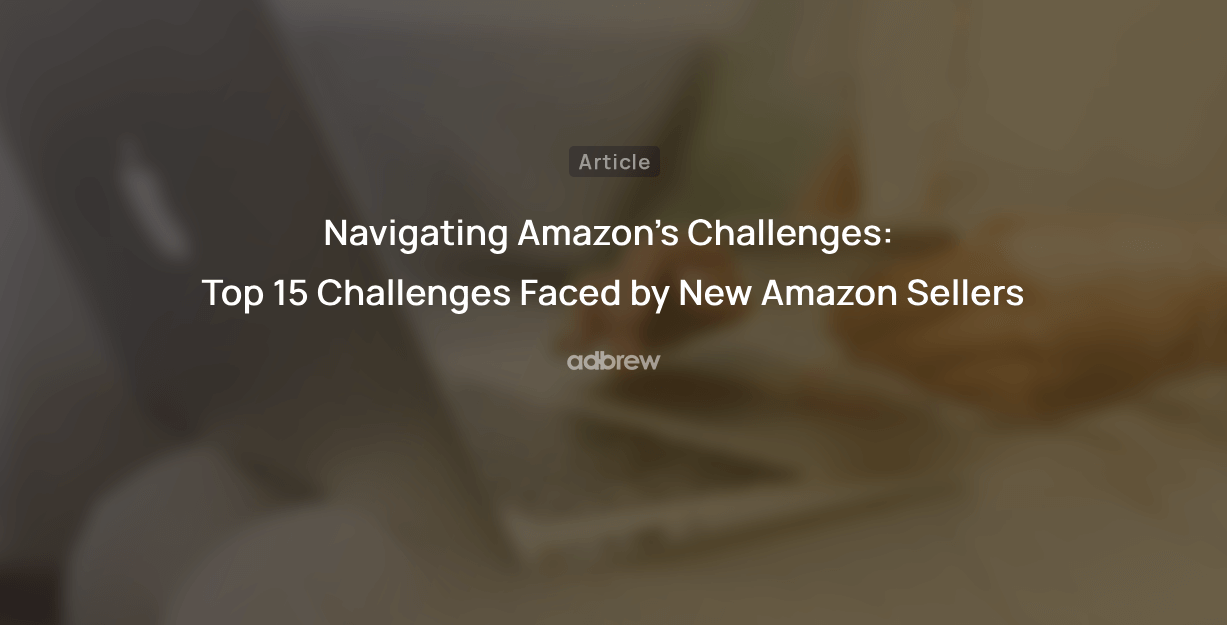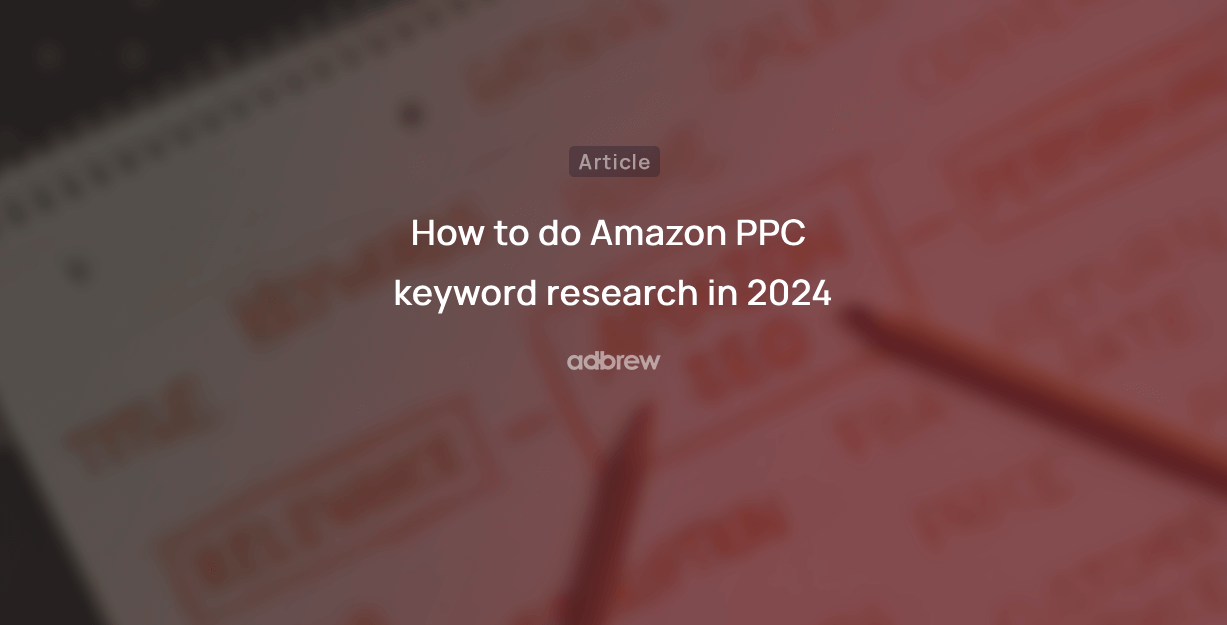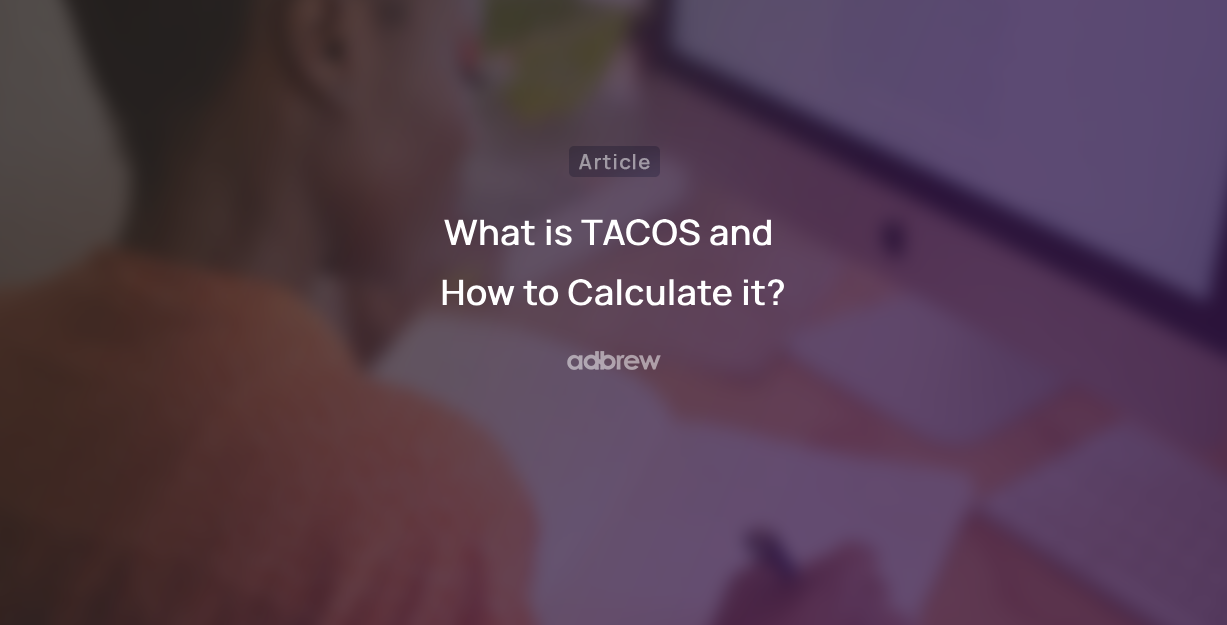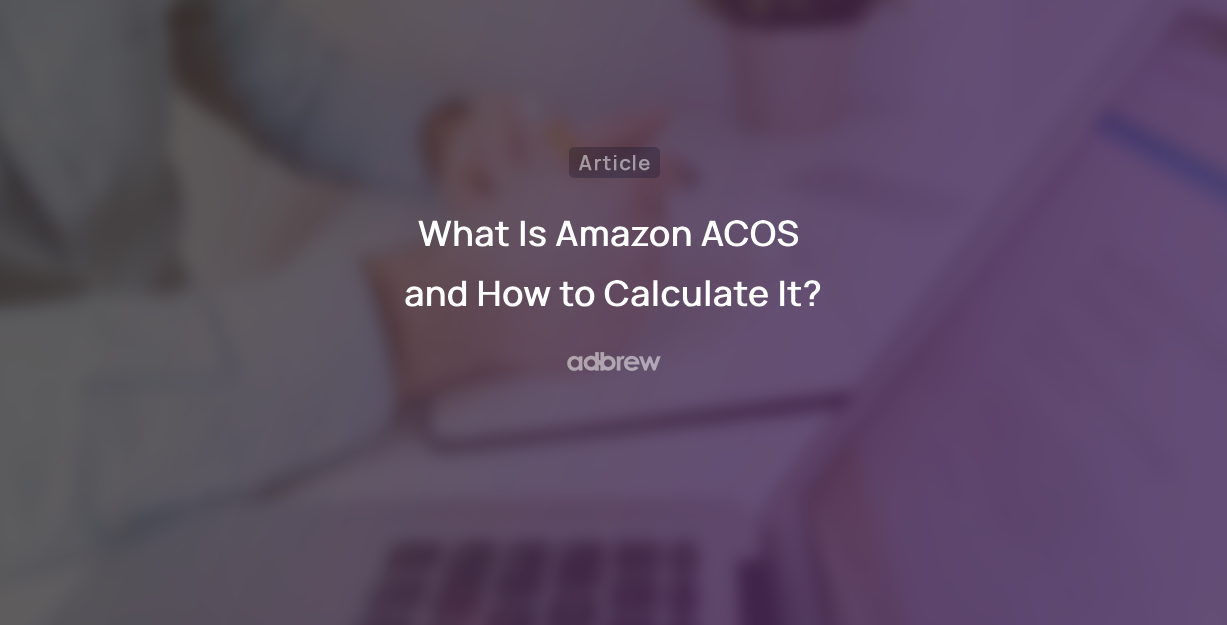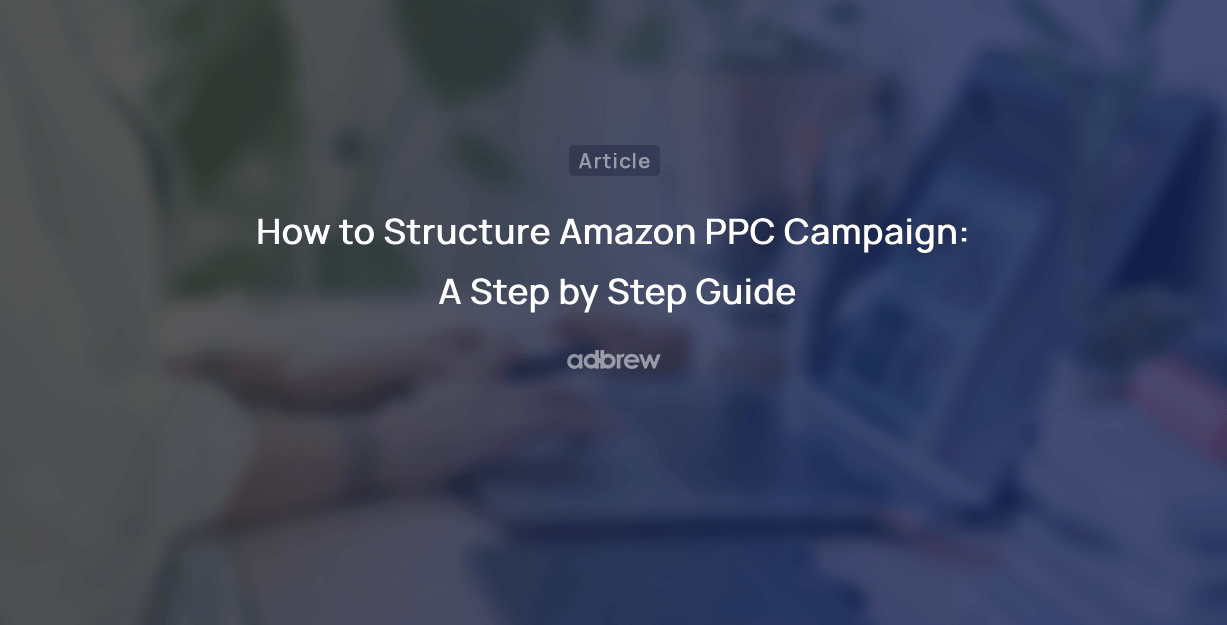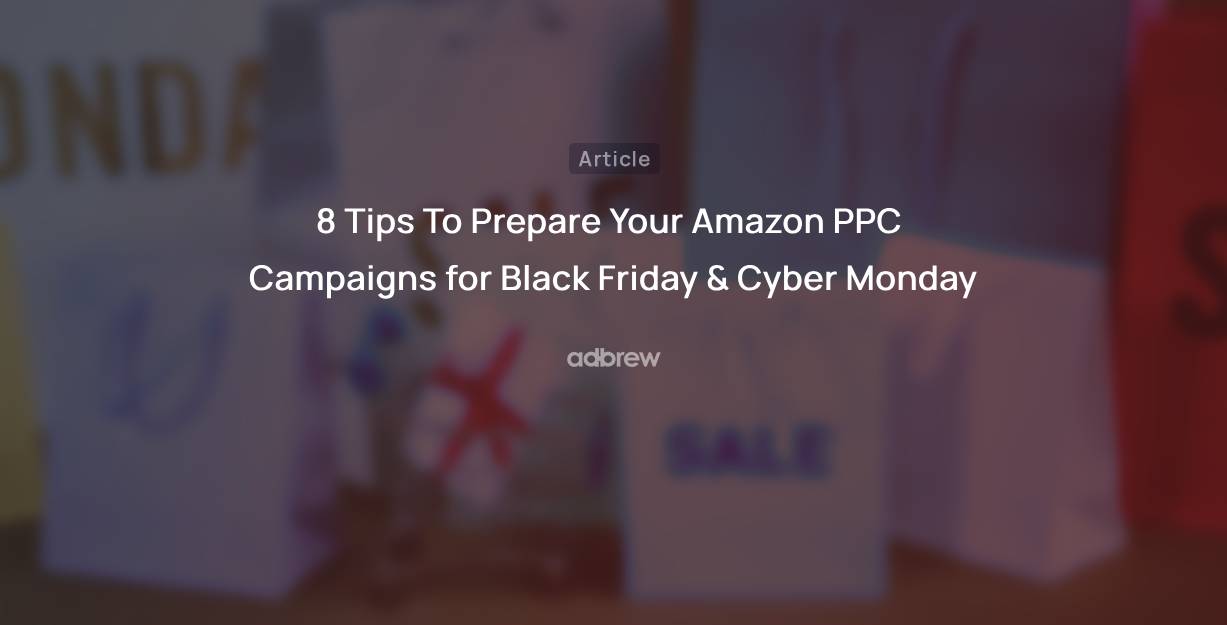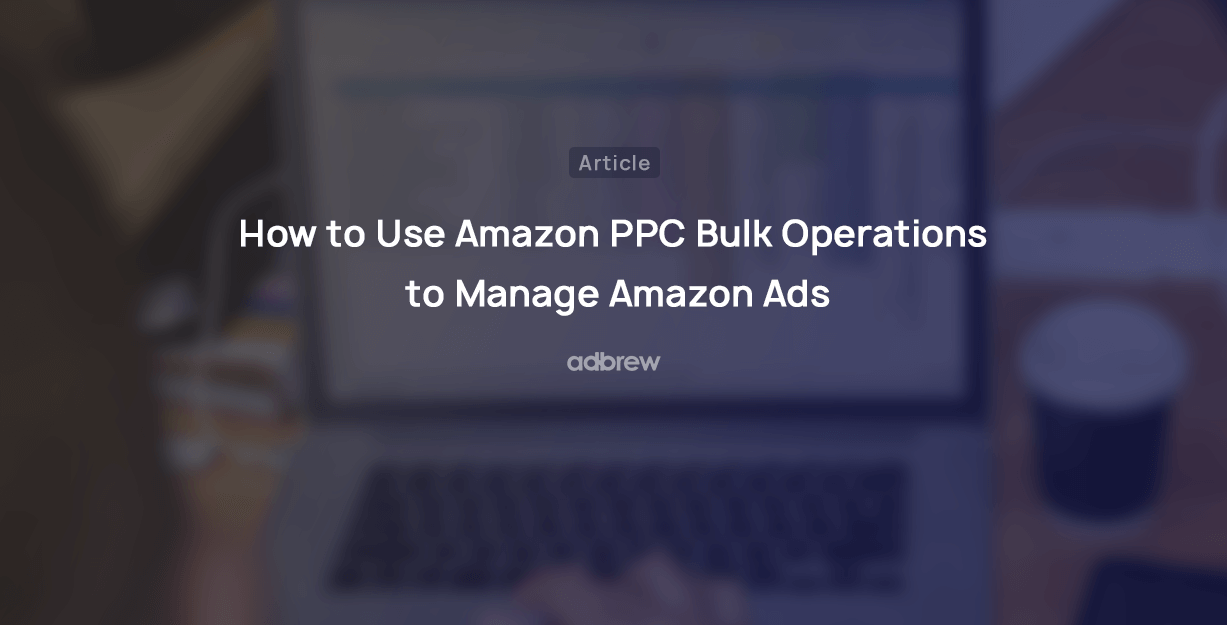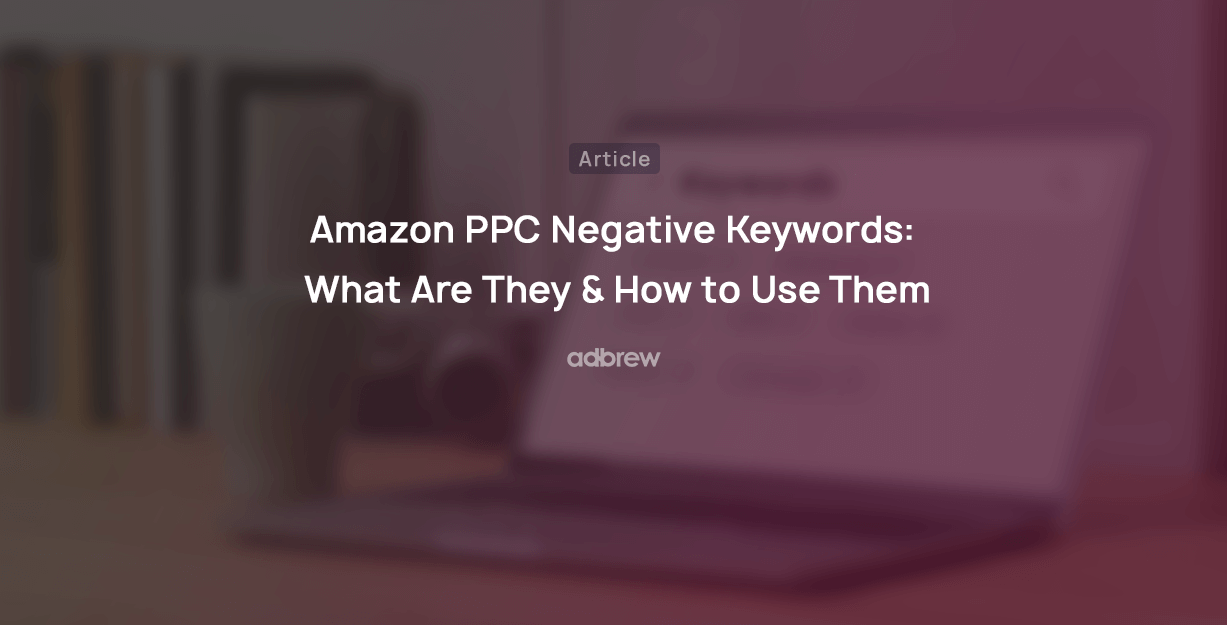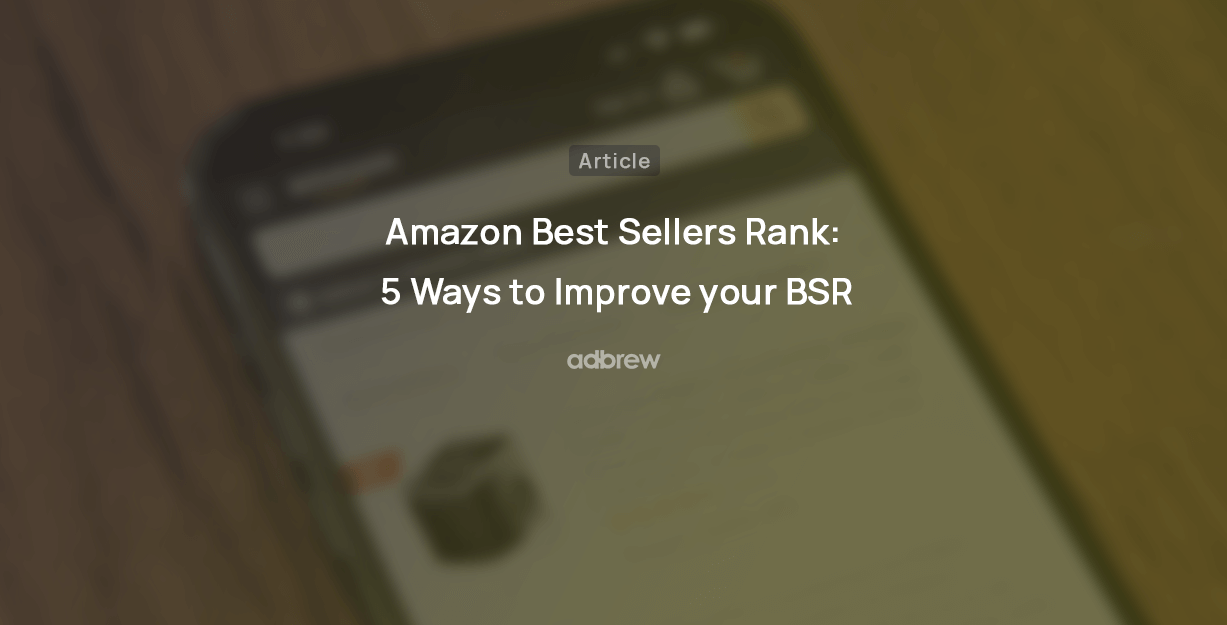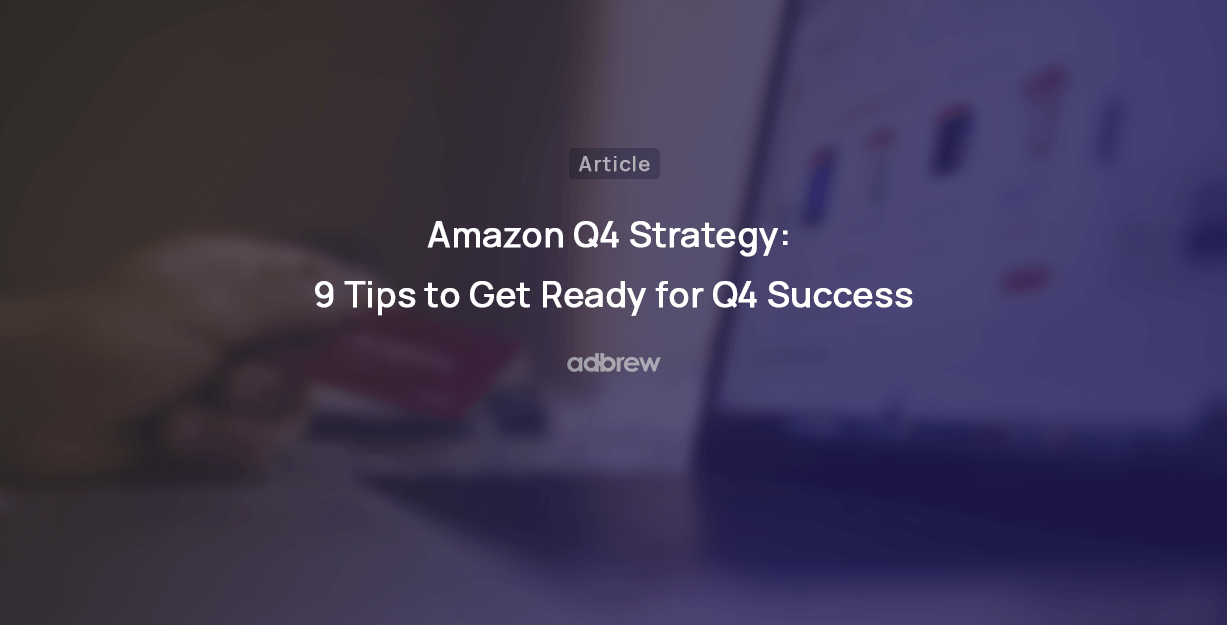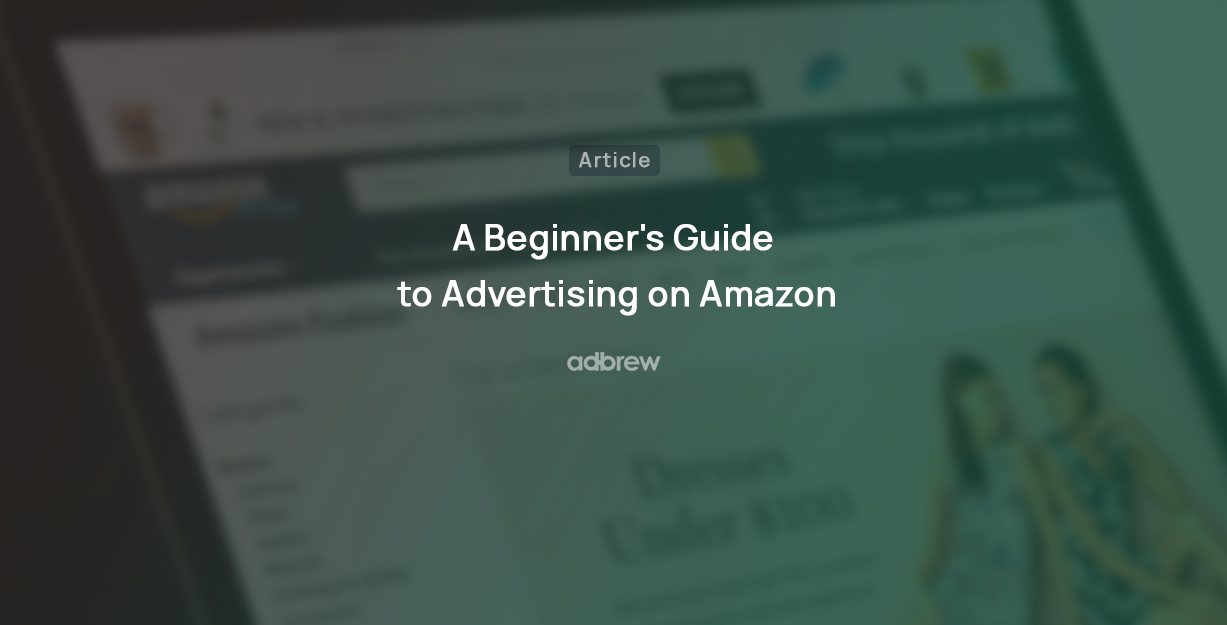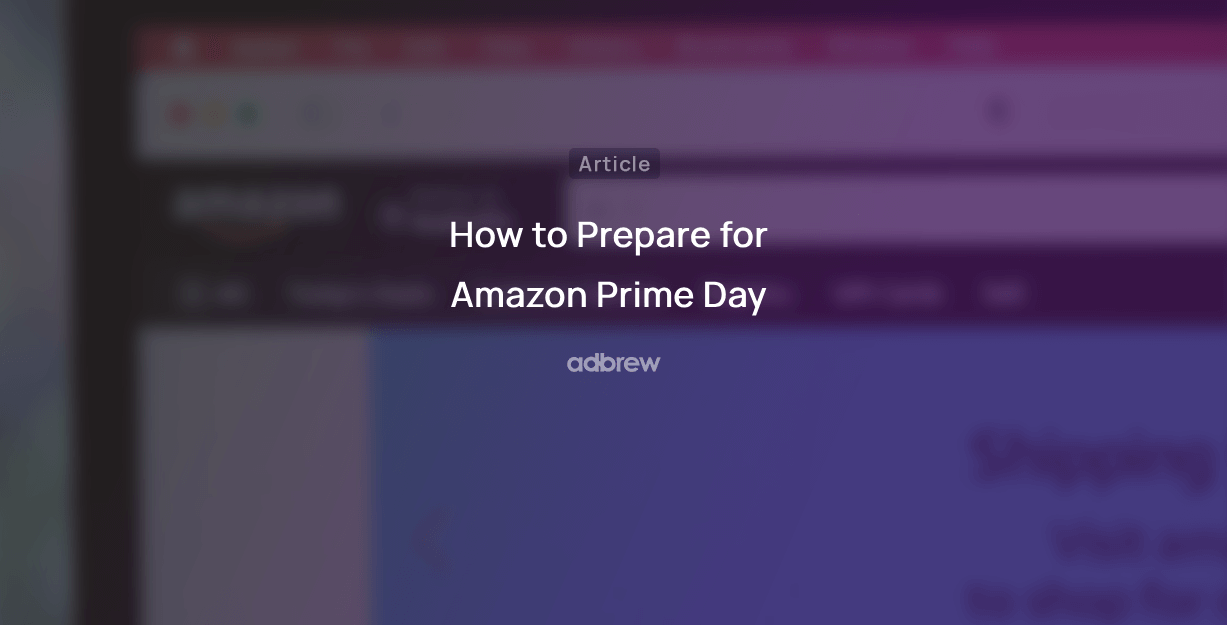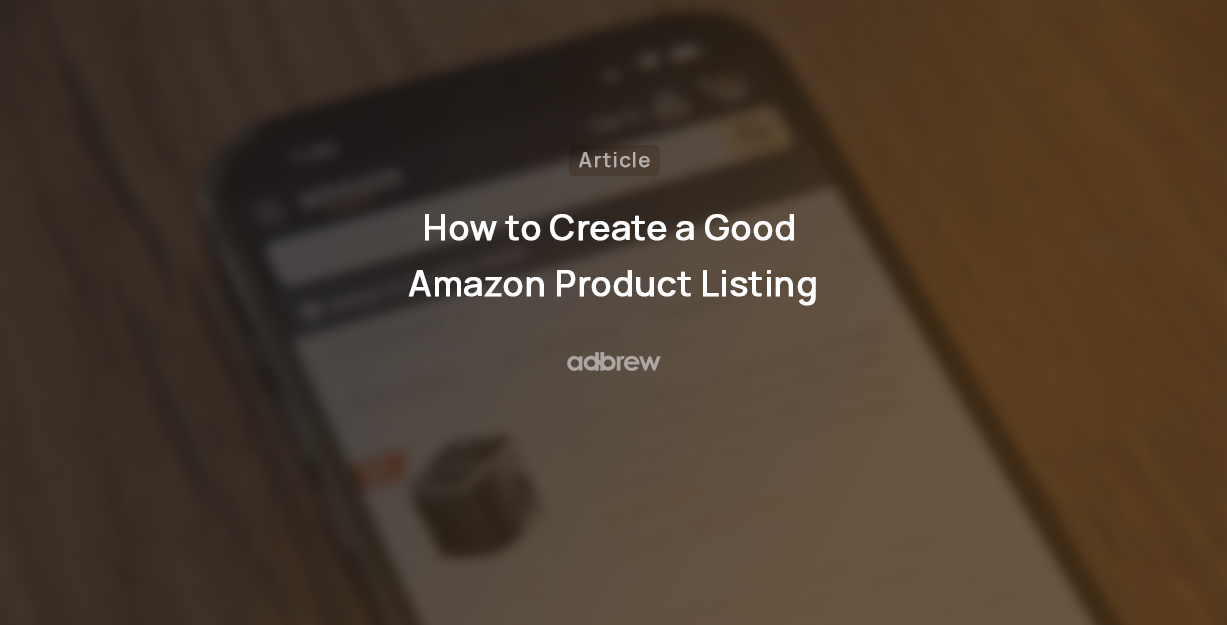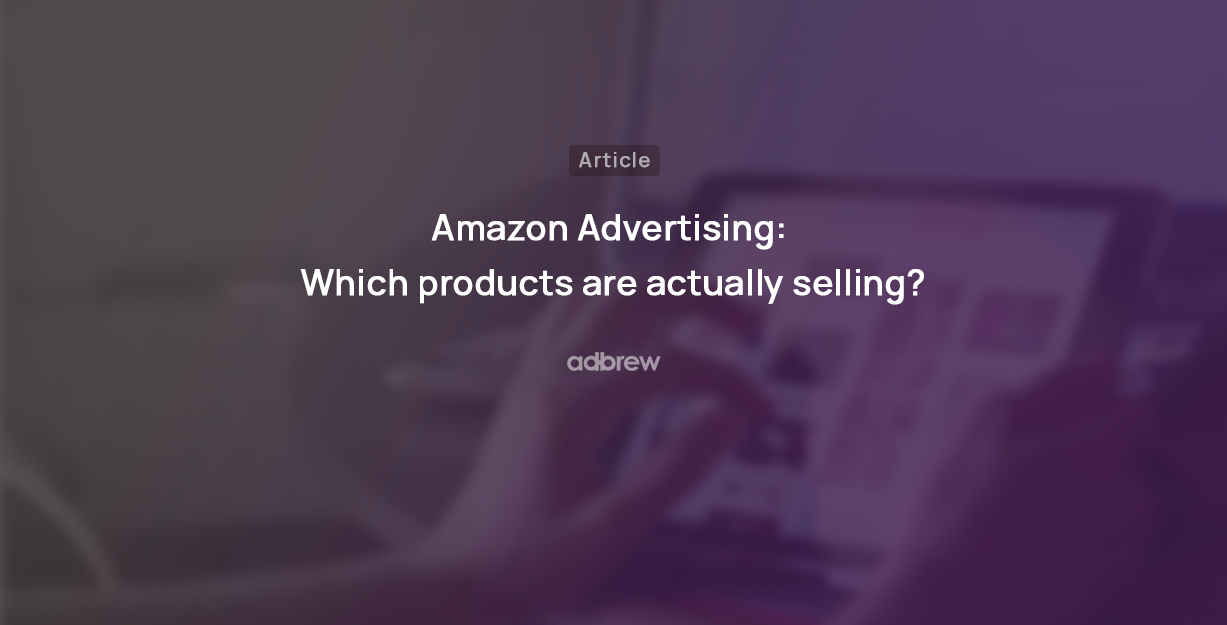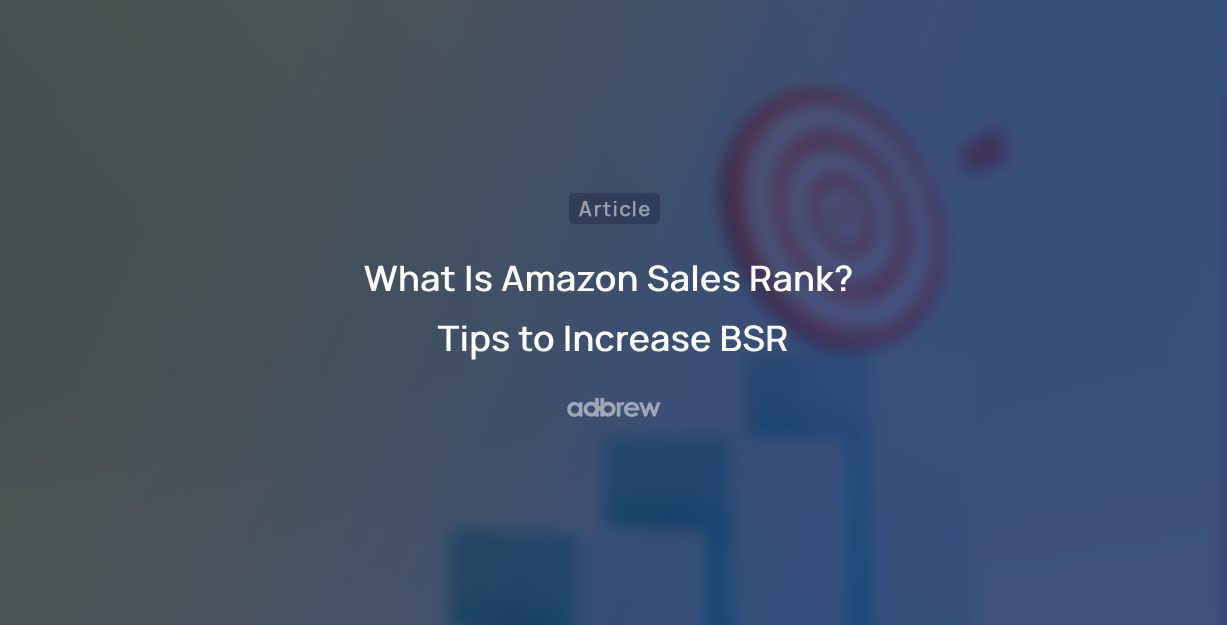
Ever scrutinized an Amazon product page and noticed the cryptic “Sales Rank”?
Wondering what it means and how it impacts your buying decisions?
This blog is here to shed light on this ranking system. We’ll explore the mechanics of the Sales Rank, and its significance for Amazon sellers and shoppers alike, and offer strategies to navigate this ranking landscape on Amazon.
What is Amazon Sales Rank?
Amazon Sales Rank, also known as Best Sellers Rank (BSR), serves as an indicator of a product’s performance within a particular category on Amazon. Essentially, it functions as a scorecard, with lower rankings signifying better performance. A low BSR suggests that a product is selling at a faster rate and outperforming others within the same category.

What makes BSR intriguing is its logarithmic nature—the significance of the gap between ranks increases as the numbers decrease. Consequently, a minor disparity in BSR, such as between 100,000 and 500,000, may not carry much weight. However, a distinction between 50,000 and 10,000 signifies a substantial difference in sales potential. With lower BSRs, even marginal shifts in rank can translate into significant sales volume increases, rendering these lower figures immensely valuable to sellers.
Factors Affecting Amazon Sales Rank
Sales Velocity: Sales velocity refers to how rapidly your product sells on Amazon. It encompasses not only the volume of sales but also the pace at which they occur. Rapid sales indicate high demand and popularity for your product. Amazon’s algorithm favors products with strong sales velocity as it signifies customer demand, often resulting in a lower Amazon sales rank. This lower rank indicates superior performance compared to other products within the same category. Therefore, a high sales velocity signifies popularity and increases the likelihood of Amazon promoting your product further.
Sales History: Your product’s Amazon Sales Rank considers its historical sales performance. Consistent sales over time typically result in a lower ranking, indicating sustained demand and customer interest. Conversely, periods of slow or irregular sales may lead to a higher Amazon sales rank. A robust sales history serves as evidence of enduring customer demand.
Category: The category in which your product is listed influences its BSR. Each category experiences varying levels of demand and competition. For example, electronics and gadgets often have higher sales volumes and consequently lower BSRs compared to niche categories like artisanal crafts. Your product’s BSR is relative to the typical sales performance within its category.
Seasonality: Seasonal trends significantly impact your product’s BSR. Certain products witness surges in demand during specific times of the year or holidays. For example, winter clothing sales peak in colder months, while outdoor equipment experiences heightened demand in the summer. Understanding seasonal fluctuations helps anticipate changes in BSR and enables adjustment of strategies accordingly.
Conversion Rate: Conversion rate impacts the Amazon sales rank because it shows how many people buy your product after viewing it. A higher conversion rate means more visitors are purchasing your product, which can improve your sales rank. Amazon’s algorithm considers not just the number of sales but also how often viewers become buyers. So, if your product converts well, it signals to Amazon that your product is popular and relevant, leading to a better sales rank and more visibility on the platform.
Ways to Improve Sales Rank on Amazon
Optimize Product Listings
Optimizing product listings involves strategically incorporating relevant keywords into various elements of your product detail page on Amazon:
- Product Titles: Ensure that your product titles contain descriptive and relevant keywords that accurately represent your product. Think about what terms potential customers might use when searching for your product and include them in the title.
- Product Images: Use high-quality images that showcase your product from different angles and highlight its key features. Optimize image filenames and alt text with relevant keywords to improve their visibility in search results.
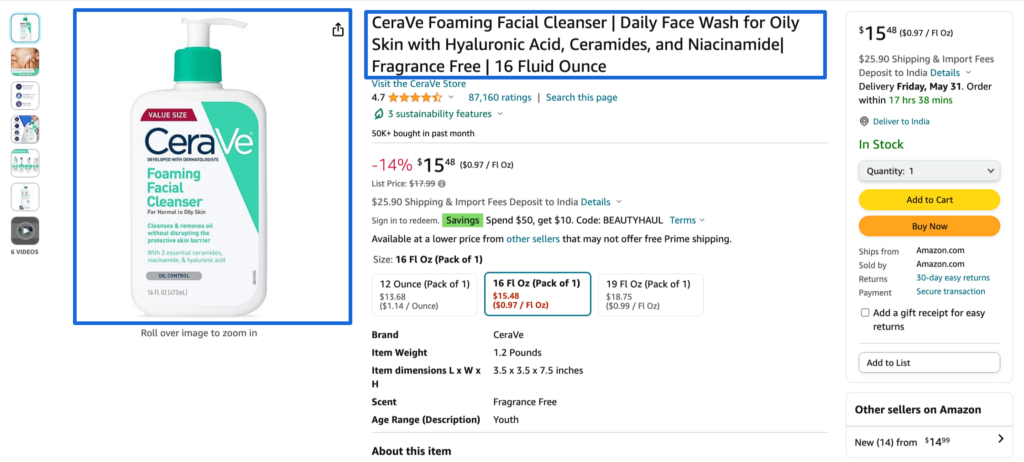
- Product Descriptions: Write detailed and informative product descriptions that not only describe your product features but also include relevant keywords naturally. Avoid overstuffing keywords and focus on providing valuable information to potential customers.
- Bullet Points: Utilize bullet points to highlight key features, benefits, and specifications of your product. Incorporate relevant keywords into these bullet points to improve search relevance and make it easier for customers to understand the value proposition of your product.

- Backend Keywords: Take advantage of backend search terms to include additional relevant keywords that may not fit naturally into your product listing. These backend keywords are not visible to customers but are indexed by Amazon’s search algorithm, improving your product’s discoverability.
This optimization enhances organic search results visibility and ensures that your items are easily discoverable by potential customers browsing on Amazon.
Price Competitively
Price competitiveness is crucial for attracting customers and boosting sales and sales rank on Amazon. Here’s how you can implement competitive pricing effectively:
- Market Research: Research the prices of similar products offered by competitors on Amazon. Take note of the price range and identify opportunities to position your product competitively.
- Cost Analysis: Analyze your costs, including manufacturing, shipping, and overhead expenses, to determine a pricing and selling strategy that allows for profitability while remaining competitive in the market. Determining competitive prices is crucial to ensure success in the marketplace.
- Dynamic Pricing: Consider implementing dynamic pricing strategies to adjust your prices in real time based on factors like demand, competitor pricing, and seasonal trends. Tools like automated repricing software can help you stay competitive without constant manual adjustments.
- Value Proposition: Highlight the value proposition of your product to justify its price to customers. Emphasize unique features, benefits, and quality that differentiate your product from competitors and justify a higher price point if necessary.
- Promotions and Discounts: Offer special promotions, discounts, or bundled deals to make your product more attractive to shoppers. Limited-time offers can create a sense of urgency and drive sales, positively impacting your Sales Rank.
Encourage Reviews
Positive reviews are essential for building trust and credibility with potential buyers. Encourage satisfied customers to leave feedback by providing excellent service and promptly addressing any concerns. Higher ratings not only enhance your product’s reputation but also contribute to improved visibility in search results.
Encouraging reviews from satisfied customers is crucial for boosting your product’s credibility and visibility on Amazon. Here’s how you can effectively encourage reviews:
- Provide Excellent Service: Offer exceptional customer service throughout the buying process, from prompt responses to inquiries to fast and reliable shipping. Satisfied customers are more likely to leave positive reviews.
- Follow-Up: After a customer receives their order, follow up with a polite and personalized email thanking them for their purchase. Include a gentle request for feedback and provide a convenient link to leave a review on Amazon.
- Incentivize Reviews: Offer incentives such as discounts on future purchases or entry into a giveaway for customers who leave reviews. Just ensure that these incentives comply with Amazon’s guidelines, which prohibit incentivized reviews that are biased or misleading.
- Make It Easy: Streamline the review process by providing clear instructions on how to leave a review. Include a direct link to the review page in your follow-up email or product packaging to make it as easy as possible for customers to leave feedback.
- Respond to Reviews: Monitor and respond to both positive and negative reviews in a timely and professional manner. Thank customers for positive feedback and address any concerns or issues raised in negative reviews to demonstrate your commitment to customer satisfaction.
Run Promotions
Offering discounts or promotions can create a sense of urgency and drive sales. By incentivizing purchases, you can stimulate demand for your products and increase their sales velocity. This, in turn, can lead to a higher Sales Rank as Amazon’s algorithm recognizes products with strong sales performance.
- Enhance Customer Experience: Providing exceptional customer service and ensuring smooth order fulfillment is crucial for maintaining positive feedback. Satisfied customers are more likely to leave favorable reviews and become repeat buyers, which can further improve your Sales Rank over time.
- Utilize Advertising: Investing in Amazon Advertising can significantly boost your product visibility and attract more potential customers to your listings. By targeting relevant keywords and audiences, you can increase traffic and sales, thereby positively impacting your Sales Rank on the platform.
- Monitor Competitors: Keeping tabs on your competitors allows you to stay informed about market trends and adjust your strategies accordingly. Analyze their pricing, promotions, and customer feedback to identify areas where you can improve and maintain a competitive edge in the marketplace. You essentially need to conduct product research thoroughly, implement the insights received, and ensure that your recent sales metrics improve.
Utilize Enhanced Brand Content
Enhanced Brand Content (EBC) or better known as A+ content allows sellers to create visually appealing product descriptions with enhanced images and multimedia content. By utilizing A+ content, sellers can provide customers with a more immersive shopping experience, which can lead to higher conversion rates and improved Amazon Sales Rank. Creating compelling EBC content can help differentiate your products from competitors and boost sales performance.
Leverage Amazon Prime
Amazon Prime is a membership program that offers benefits like free two-day shipping, streaming of movies and TV shows, and more. Products eligible for Prime shipping often have higher conversion rates and better sales rank. By participating in Fulfillment by Amazon (FBA), sellers can make their products Prime-eligible, increasing their chances of winning the Buy Box and improving their Amazon Sales Rank.
Utilizing Amazon Live
Amazon Live is a feature that allows sellers to livestream product demonstrations, Q&A sessions, and other engaging content directly on their product listings. By connecting with customers in real time, sellers can showcase their products and address potential buyers’ questions, leading to increased customer engagement and improved ASR. Leveraging Amazon Live can help sellers stand out from competitors and drive conversions.
Implementing Cross-Promotion and Bundling Strategies
Cross-promotion involves promoting complementary products together to encourage customers to purchase multiple items. Bundling involves packaging related products together and offering them at a discounted price. By implementing cross-promotion and bundling strategies, sellers can increase the average order value and sales volume, leading to improved sales rank. These strategies can also enhance the shopping experience for customers by offering them convenience and value.
Select Accurate Category for Your Product Listings
Choosing the right category for your product listings on Amazon is crucial for improving your sales rank. Accurate categorization makes your products easier to find in searches and category pages, attracting more potential buyers. It ensures your products are shown to people who are likely to buy, boosting your sales and conversion rates. Proper categorization also helps your products compete fairly with similar items, gives you access to category-specific promotions, and builds trust with customers.
Fluctuations in Amazon Sales Rank
The Amazon sales rank of your product may experience fluctuations due to the non-real-time updating system employed by Amazon. Updates are conducted hourly for ranks up to 10,000 within a specific category, daily for ranks up to 100,000, and monthly for ranks beyond that threshold. Consequently, making a sale does not automatically result in an immediate improvement in the product’s Bestseller Rank (BSR). However, for products ranked above 50,000, even a single sale can have a significant impact on their BSR. For example, a product’s rank may leap from 100,000 to 10,000 within a day if a sale occurs, thereby boosting its BSR. Conversely, if a product remains unsold for an extended period, its rank can plummet dramatically.
Frequently Asked Questions About Amazon Sales Rank
How is Amazon Best Sellers Rank Calculated?
Amazon Best Sellers Rank (BSR) is calculated by looking at how many products have sold recently and over time, compared to other products in the same category. The BSR is updated every hour to show the latest sales trends. Although Amazon doesn’t share the exact formula, we know that recent sales have a bigger impact on the BSR than older sales. Other factors like how fast and consistently a product sells also matter. A lower BSR means higher sales in that category, showing how popular and well-performing a product is on Amazon.
How do I check my Amazon Best Sellers Rank?
To check your Amazon Best Sellers Rank (BSR), go to the product page of your item on Amazon. Scroll down to the “Product Details” section where you’ll find the BSR listed under “Best Sellers Rank.” This rank shows how well your product is selling compared to others in its category. The BSR is updated regularly, so it reflects your current sales performance. If your product has multiple categories, it may have different BSRs for each one.
What rank is good on Amazon?
A good rank on Amazon depends on the category of your product. Generally, a lower Best Sellers Rank (BSR) indicates better sales performance. For example, a BSR under 1,000 in a large category like Electronics means your product is selling very well. In smaller categories, a good rank might be under 100. The lower the BSR, the more popular your product is compared to others in the same category.
Conclusion
Understanding Amazon’s Sales Rank or Best Seller Rank can be a game-changer for sellers navigating the complexities of the online marketplace. By grasping its significance and implementing practical strategies to improve it, sellers can enhance their visibility and competitiveness on Amazon. Remember, it’s not just about chasing numbers, but about understanding customer behavior and optimizing your approach accordingly.
Related Blogs
Introduction Selling on Amazon can be a great way to get your products out there. But once someone buys your […]
Ever feel like you’re missing something in your Amazon PPC Search Terms report? You might be! Sure, they show what […]
Ever scrutinized an Amazon product page and noticed the cryptic “Sales Rank”? Wondering what it means and how it impacts […]
Millions of products compete for customer attention on Amazon’s search results page, making it tough for your brand to stand […]
Are you selling products on Amazon and looking to increase your sales? This blog is for you. We’ll share tips […]
Are you an Amazon seller looking to boost your brand visibility and profitability? Are you feeling stuck in the cycle […]
Ever wonder what drives your online shopping habits? Perhaps a captivating product description, or an eye-catching professional photo? As it […]
For any seller on Amazon, understanding the A9 algorithm is crucial for success. This complex algorithm dictates which products appear […]
Are you an Amazon seller looking to turn those single purchases into recurring revenue? Look no further than the Subscribe […]
Amazon has become a go-to platform for all e-commerce business owners to launch and scale their e-commerce brands online. But […]
Mother’s Day, a time to celebrate the incredible women who raised us, is a prime opportunity for Amazon sellers to […]
In the ever-competitive landscape of Amazon, ranking high in organic search results is crucial for driving sales. While you might […]
If you’ve ever found yourself scratching your head over Sessions and Pageviews on your Amazon business reports, you’re not alone. At […]
Amazon is a massive marketplace, attracting millions of customers with diverse needs, preferences, budgets, and mindsets for shopping. To effectively […]
With Amazon boasting over $575 billion in retail sales for 2023, it’s no wonder so many sellers flock to its […]
Advertising on Amazon through pay-per-click campaigns can significantly enhance product visibility and sales for sellers. However, mastering Amazon PPC, with […]
Have you heard of the terms copyright infringement and plagiarism? If so, then Amazon Brand gating won’t be unfamiliar to […]
If you are running ads on Amazon, you’ll come across a sea of data in your advertising console. But does […]
Have you heard of the terms copyright infringement and plagiarism? If so, then Amazon Brand gating won’t be unfamiliar to […]
In the fast-paced world of e-commerce, where shoppers are bombarded with choices, standing out on platforms like Amazon is paramount […]
Are you planning to start an Amazon FBA store? If so, you’ll encounter a unique term – FNSKU. This seemingly […]
Introduction As an Amazon seller, you understand the power of reviews. They’re the lifeblood of trust and conversion on the […]
Are you struggling to get Amazon reviews on your product? Well, you are not alone! Reviews are the backbone of […]
Are you tired of bland Amazon product listings failing to grab attention? In today’s competitive online marketplace, standing out is […]
As an Amazon seller, understanding how your brand performs throughout the customer journey is vital for success. However, until recently, […]
As an Amazon seller, optimizing your business and maximizing profits relies heavily on data analysis. One invaluable tool for gaining […]
Are you struggling to get noticed on Amazon’s massive platform? Do your products get lost in a sea of similar […]
For any Amazon seller getting into the world of sponsored advertising, understanding the Advertising Cost of Sale (ACoS) is crucial. […]
A well-executed product launch on Amazon can be the key to unlocking success and gaining a competitive edge. As the […]
In the ever-evolving landscape of e-commerce, distinguishing between keywords and search terms is vital for optimizing product visibility and driving […]
Ever felt like you are throwing darts in the dark when it comes to your marketing efforts outside Amazon for […]
Amazon, the e-commerce giant, has successfully concluded a robust business year with outstanding performance in quarter 4. The most recent […]
Picture this: you have a great product on Amazon, but it’s not selling well despite having attractive images and a […]
The advertising landscape is evolving, and viewers are rapidly migrating from traditional cable TV to streaming platforms. This presents a […]
Feeling lost in the Amazon discount jungle? Struggling to reach the right customers and entice them to make the purchase? […]
Are you losing your product in the deep ocean of Amazon product listings? Want your product to stand out, rank […]
For years, Amazon sellers were in the dark. They couldn’t see what keywords customers were using to find their products, […]
Selling on Amazon can be tough with so many others doing the same in your category. That’s why it’s super […]
For Amazon sellers, understanding their customers has often felt like navigating a maze without a map. The missing link? A […]
Have you ever felt like your Amazon advertising campaigns are lost in a tangled jungle of keywords? You’re not alone. […]
When did you last give your Amazon PPC account a checkup? Regular Amazon PPC audits are crucial to ensure the […]
Embarking on the path of online selling? If so, you’re likely aware that Amazon is your ultimate destination. With a […]
Ever felt like your product is lost in the vast Amazon jungle? You’re not alone. With millions of shoppers actively […]
Amazon Sellers selling on the Amazon marketplace usually utilize Amazon advertising without keeping a close eye on the TACoS metric. […]
The rush of Black Friday and Cyber Monday might be over, but the opportunity for continued sales growth extends beyond […]
In the fierce Amazon advertising domain, where competition rises and costs increase, understanding and keeping track of the right metrics […]
Have you ever felt the frustration of campaigns going out of budget, leading to missing out on potential sales, or, […]
Amazon PPC campaigns can be a powerful tool for driving traffic and sales to your products. However, without proper structure, they […]
The Amazon Cyber Monday and Black Friday sales week is just around the corner. It’s no secret that this marks […]
Whether you are creating a new advertising campaign or optimizing existing ones, doing it manually from the Amazon ad console […]
Want to know what search terms people use to visit or purchase your product on Amazon? If yes, you’re in […]
When you are spending dollars or even more to get a click on your Amazon ads, you want to ensure […]
Are you an Amazon seller looking to maximize your profits and minimize your advertising costs? If so, you’re not alone. Many […]
Are you exclusively relying on traditional metrics such as CTR, CPC, CVR, or ROAS to make your campaign optimization decisions? […]
Navigating the ever-evolving landscape of Amazon’s online marketplace is essential for any seller looking to thrive on the platform. Among […]
As the holiday season approaches, businesses are gearing up for the highly anticipated Q4 rush. To ensure a successful Q4, […]
Do you regularly review your Amazon advertising reports? If not, you may be missing out on numerous opportunities. Amazon […]
Whether you’ve just launched a new product or have been selling on Amazon for a while, advertising on the platform […]
Amazon PPC bidding strategies that you choose play a significant role in the success of your Amazon Ads campaigns. As […]
Have you ever heard of a “catch-all campaign”? This single campaign can generate extra sales for you at a very […]
Amazon Prime Day is one of the largest global e-commerce sales events, attracting millions of customers worldwide. But how do […]
Are you looking to boost your brand’s visibility and drive more sales on Amazon? Look no further than Amazon Sponsored […]
Succeeding on Amazon in 2023 isn’t easy. Just listing your products and hoping for the best won’t work anymore. You […]
Are you bidding the same amount for all your ad placements on Amazon? If yes, then you’re missing out on […]
Whether you are looking to boost product discovery or target audiences further down the sales funnel who have already engaged […]
We, at Adbrew catalyze millions of dollars of ad spend monthly through our platform, with Sponsored Product Ads being the […]
Do you want to know how many clicks you should give a search term before adding it as negative in […]
Think of your product listing as a guiding light on the Amazon marketplace. It’s your chance to grab attention, tell […]
It is no longer a secret that shopping behavior on Amazon varies over the day. This is the reason why […]
Are you struggling to get the most out of your advertising budget on Amazon? Do you find that your campaigns […]
Ever run an Amazon Ad campaign and wondered why some sales weren’t directly linked to the products you advertised? That’s […]
If you’re managing Amazon PPC ads, it’s essential to have an effective and organized approach for target harvesting and movement. […]




